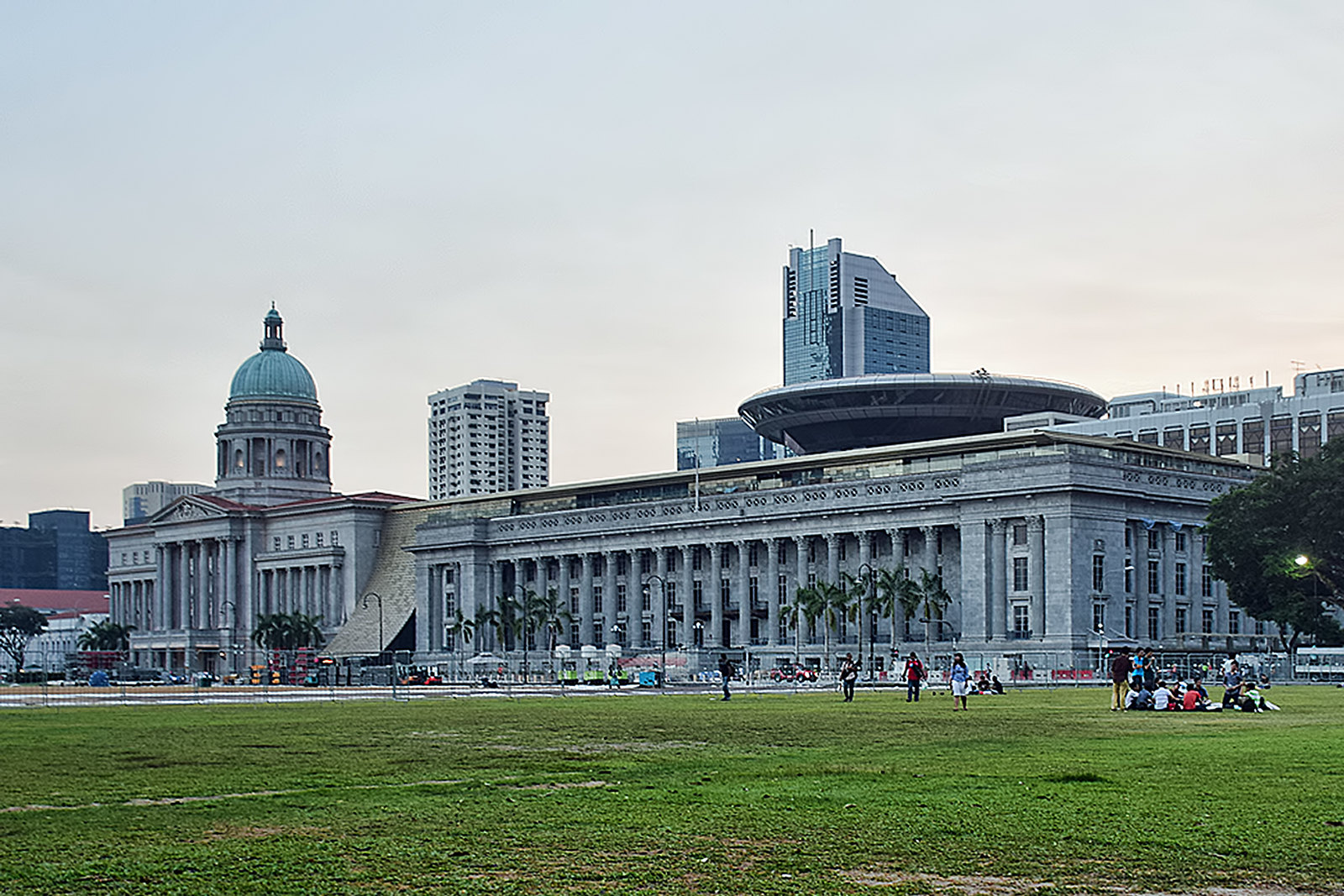On Thursday, the National Heritage Board (NHB) of Singapore announced that The Padang and its surrounding architecture had been identified as a potential candidate for Singapore’s next UNESCO World Heritage Site. The site, named The Padang Civic Ensemble, was chosen for its outstanding example of a British colonial civic square in the tropics, fulfilling the United Nations Educational, Scientific and Cultural Organization’s (UNESCO) criterion of being an “outstanding example of a type of building, architectural or technological ensemble or landscape which illustrates (a) significant stage(s) in human history.”

The Padang, already gazetted as a national monument, has a high level of preservation, including adjacent buildings such as the Victoria Theatre and Concert Hall, the Former Supreme Court and City Hall (now the National Gallery Singapore), the former Parliament House and Annex Building (now the Arts House), and other national monuments.
The Padang Civic Ensemble in Singapore is a significant historical and cultural landmark that reflects the country’s colonial and post-independence history. The site is a large open field located in Singapore’s central business district and is surrounded by several colonial-era and post-independence civic institutions.
The Padang was originally used as a cricket ground in the early 19th century when Singapore was a British colony. It became a parade ground for the British military and was used for various public events, including the first National Day Parade in 1966.
The architecture surrounding The Padang reflects the country’s colonial history. For example, the Victoria Theatre and Concert Hall was built in 1862 and served as a town hall for Singapore. The former Supreme Court and City Hall buildings, now part of the National Gallery Singapore, were constructed in the early 20th century and served as the seat of the colonial government. The former Parliament House and Annex Building, now known as the Arts House, was built in the mid-19th century and served as the country’s parliament until 1999.
The Padang Civic Ensemble is a testament to the historical phenomenon of decolonization, as it reflects the transition of long-held British territories to newly independent nations in the decades following World War II. It symbolises Singapore’s journey from a British colony to a modern and thriving city-state.
The move adds The Padang Civic Ensemble to Singapore’s Tentative List for UNESCO World Heritage Sites, a necessary step for participation in the preliminary assessment of the UNESCO World Heritage Site process. The preliminary assessment will provide guidance from the World Heritage Centre and two international advisory bodies before submitting a full-scale nomination. The entire process of nomination and inscription could take five to six years.
NHB will conduct further research this year to determine potential implications on the site and surrounding developments to guide the decision later on whether Singapore will formally pursue the nomination.
This is an important step as Singapore will have to carefully study and balance long-term urban redevelopment needs with the protection requirements of a World Heritage Site
NHB

